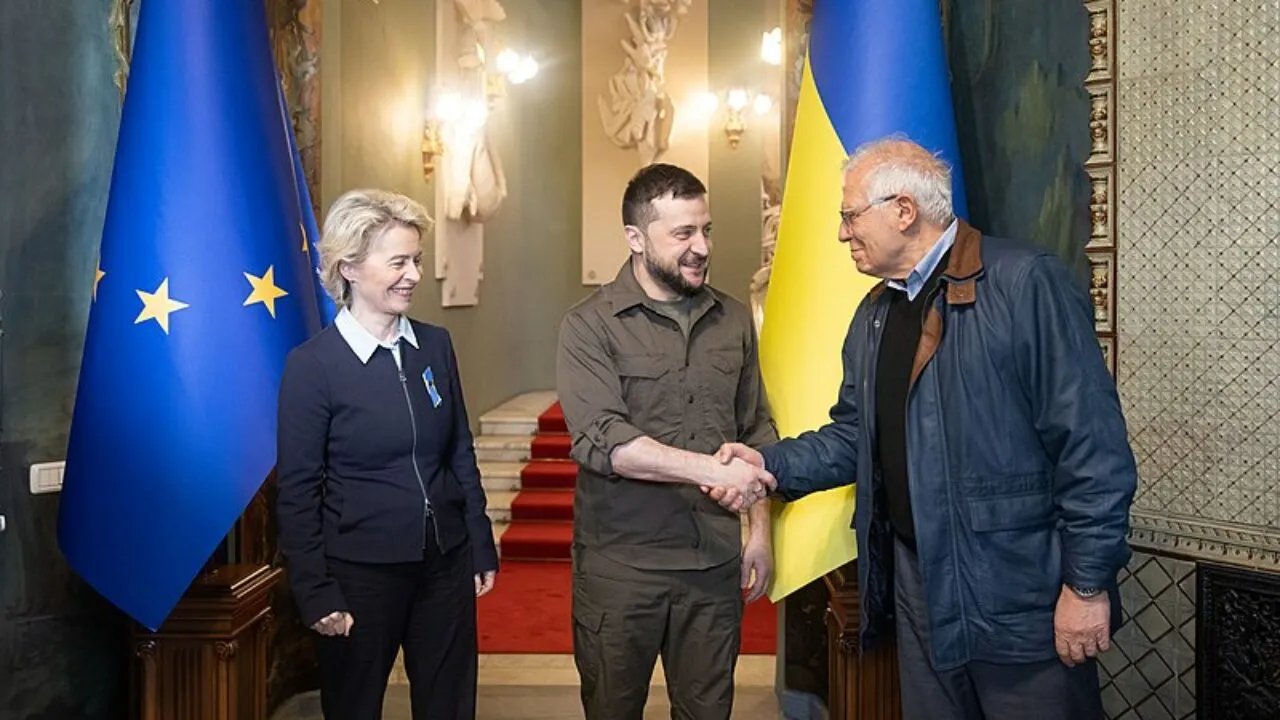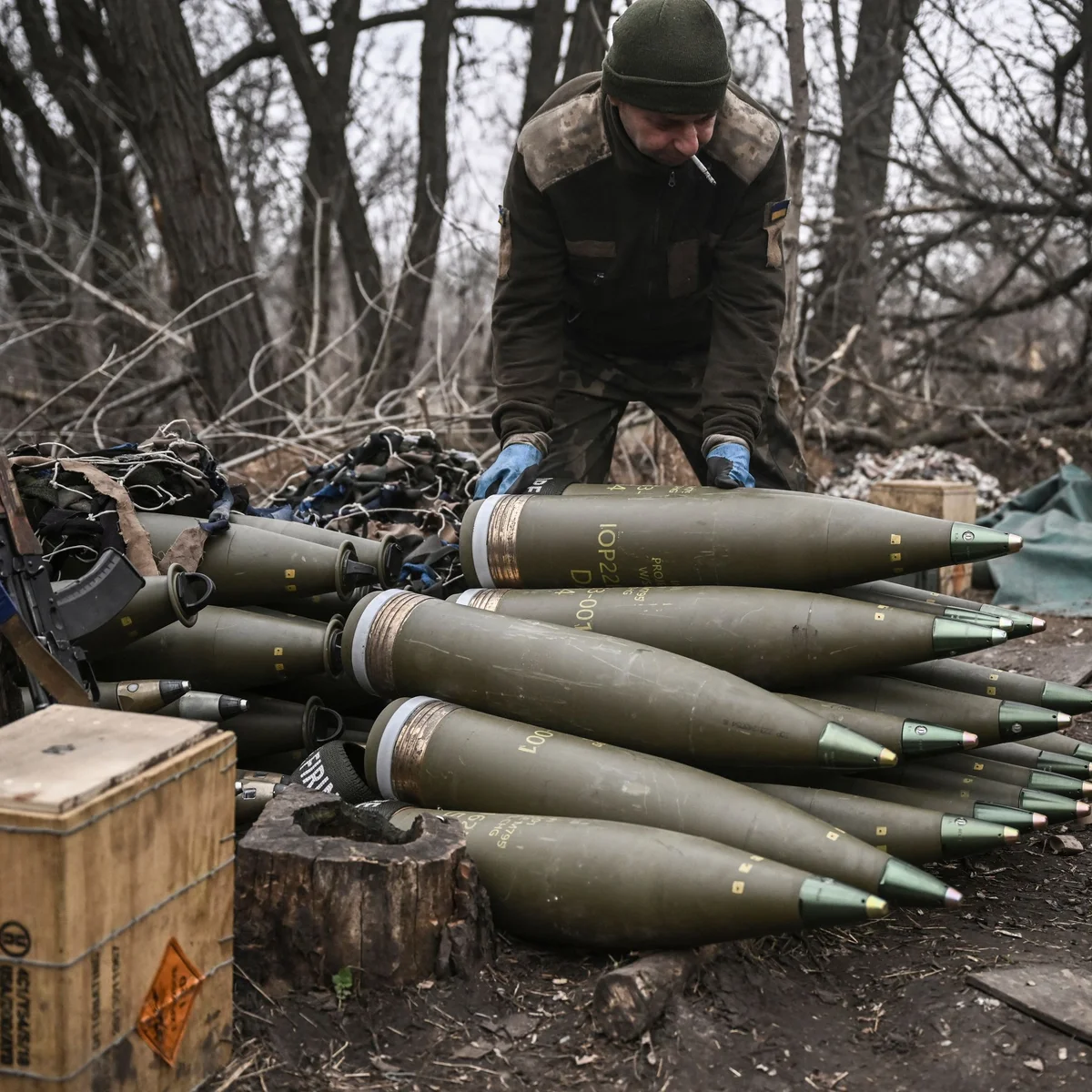
Kyiv pivots to EU arms route
Kyiv Pivots to EU Arms Route Amid Supply Chain Disruption
1. A Strategic Shift Amid Supply Turbulence
In a significant recalibration of military logistics, Ukrainian officials have begun intentionally rerouting U.S. origin weapons through European Union countries, extending beyond the long standing pathway through Poland. This initiative is being propelled by a combination of strategic urgency, rising security vulnerabilities on the Polish corridor, and growing unease about the reliability of transcontinental supply channels. As Ukraine presses ahead in its counteroffensive efforts, establishing a broader network across multiple EU member states is being hailed as a move to enhance supply chain resilience and hedge against future disruptions.
2. Addressing Polish Route Strains
For much of the war, the primary artery for Western supplied arms to Ukraine ran through Poland. But in recent months, tensions have arisen. Traffic bottlenecks at border crossings have slowed deliveries; bureaucratic delays in customs and inspection have compounded the problem; and the Polish public, fatigued by persistent logistical traffic, has occasionally stoked nationalistic resistance. These growing frictions prompted Kyiv to reevaluate the risks of placing too much dependence on a single route, and to look toward diversifying transit through EU infrastructure, military bases, and logistic facilities.
3. Building an EU Wide Logistics Backbone
Ukraine's effort to diversify transit routes involves forging partnerships with several EU countries, including Germany, Romania, Slovakia, and the Czech Republic. These nations are being asked to host prepositioned military stockpiles, offer secure rail and road corridors, and facilitate customs expediting under NATO compatible protocols. German officials have expressed readiness to support such initiatives, citing strategic necessity, even as domestic political hesitancy persists. Similarly, Romania’s NATO aligned eastern flank position makes it a logical waypoint into Ukraine. Each country would handle specific categories of U.S. provided weaponry ranging from air defense systems to armored vehicles before they are transported in smaller convoys across the Ukraine border.
4. Enhancing Political Leverage
The initiative is not only logistical but also deeply political. By engaging multiple EU nations, Ukraine seeks to reduce diplomatic pressure on Poland and strengthen the collective resolve of Western allies. The move implicitly rebukes attempts at politicizing aid through national vetoes or holdouts. It also sends a message to Washington that Ukraine has viable alternatives and can choose the most effective routes for its defense needs. For Kyiv’s leadership, this diversification is a geopolitical chess move, designed to reinforce the coordination of arms supply and preserve frontline capabilities without disruption.
5. Military Potential and Civil Readiness
Operating multiple supply channels offers practical battlefield advantages. Smaller convoys are harder to detect and target; goods can bypass bottlenecks; and regular replenishments can occur even when one route faces delay. Ukraine’s military logistics command is developing rapid transfer protocols, cross border loading hubs, and mobile depots to facilitate quick handoffs. Civilian infrastructure warehouses, rail yards, and secure roadways are being repurposed to support the effort, with volunteer coordination ensuring efficiency. Such a system resembles wartime logistics in NATO exercises and suggests a degree of readiness that could significantly stabilize Ukraine’s resupply chains.
6. Risks, Resistance, and Mitigation
The shift is not without its challenges. Some EU governments remain cautious, citing domestic sensitivities and legal constraints around arms transfers. Germany, in particular, must navigate coalition politics and public opinion shaped by historical reluctance. Infrastructure along transit routes may also be insufficiently secure or at risk of cyberattacks. There is the added diplomatic challenge of ensuring Poland does not interpret the move as slippage in alliance unity. To address these issues, Kyiv is offering intelligence sharing, coordinating transit schedules, and hosting consultations with EU security ministries to keep alignment intact.
7. Mapping the Way Forward
The pilot phase of the diversion has already begun, with small shipments of medium range missile systems and compatible ammunition passing through Germany to an eastern staging site in Romania. Rail routes from Czech and Slovak rail yards facilitating anti aircraft systems have also come online. If successful, the strategy could scale up in late 2025 to include heavier systems like Patriot batteries and infantry fighting vehicles. To support this buildup, NATO is exploring guidance frameworks for member nations on logistics corridor management, customs cooperation, and shared air defense oversight to protect convoys during transit.
8. A Precedent for Long Term Security Architecture
Kyiv’s pivot toward an EU based arms route marks more than a tactical change it signals a potential shift in how Europe contributes to continental security. Should the corridor prove reliable, it could evolve into a permanent logistics network supportive of European defense needs, crisis response, and humanitarian deployment. For Ukraine, it means a higher baseline of strategic autonomy. In the broader picture, the initiative demonstrates how frontline nations can nimbly adapt partner alliances, forging resilient systems that address both present necessity and future security needs.











